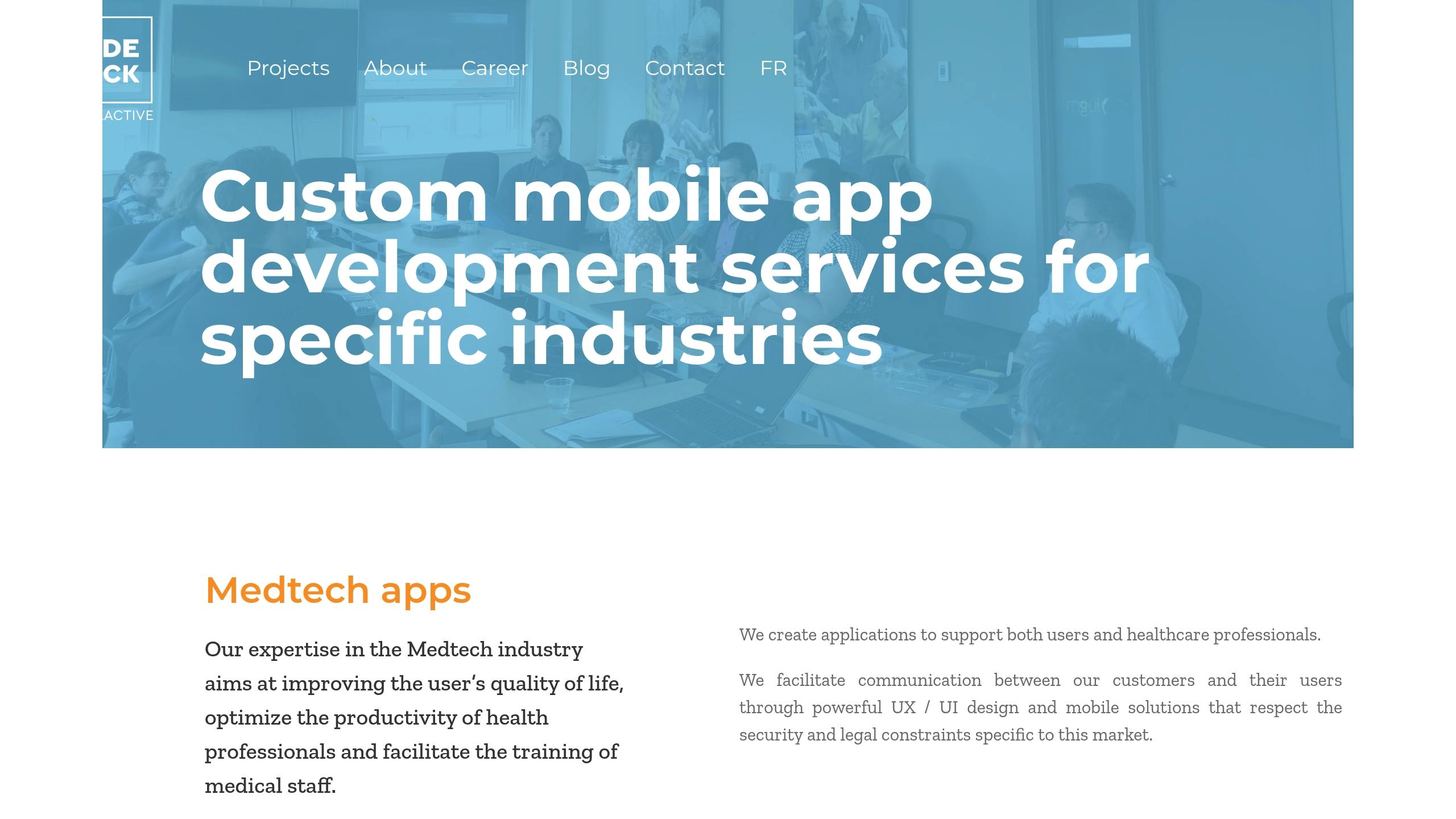
Iterative prototyping is essential for building healthcare apps that are secure, user-friendly, and compliant with strict regulations. By refining apps through multiple stages, developers can identify usability issues early, improve patient outcomes, and reduce risks. Here’s what you need to know:
- Why It Matters: The healthcare app market is projected to hit $111.1 billion by 2025. Iterative prototyping ensures apps meet industry standards while enhancing user satisfaction.
- Key Focus Areas: Security (e.g., HIPAA compliance), user experience, system integration, and performance metrics.
- Benefits: Apps developed with stakeholder input and iterative testing see higher adoption rates, fewer errors, and improved healthcare outcomes.
- Examples: Mayo Clinic boosted patient satisfaction by 35% and reduced post-surgery complications by 22% using iterative prototyping.
Quick Comparison: Agile vs. Waterfall for Healthcare Apps
| Aspect | Agile Methodology | Waterfall Method |
|---|---|---|
| Development Flow | Iterative and flexible | Linear and sequential |
| Stakeholder Involvement | Ongoing throughout development | Limited until later stages |
| Time to Market | Shorter initial release | Longer development cycle |
| Adaptation to Changes | Easily accommodates changes | Resistant to changes |
| Risk Management | Early risk detection | Delayed risk assessment |
Iterative prototyping not only improves app quality but also ensures compliance and security, making it a must-have approach for healthcare app development.
How does Iterative Development differ from Agile Development?
Key Steps in Iterative Prototyping
Developing healthcare apps requires balancing creativity with strict safety and compliance requirements. Iterative prototyping offers a structured yet flexible way to meet these demands.
Comparing Agile and Waterfall Methods
Choosing between Agile and Waterfall methods can shape the success of a healthcare app. While both have their uses, Agile often proves more effective for healthcare projects.
| Aspect | Agile Methodology | Waterfall Method |
|---|---|---|
| Development Flow | Iterative and flexible | Linear and sequential |
| Stakeholder Involvement | Ongoing throughout development | Limited until later stages |
| Time to Market | Shorter initial release | Longer development cycle |
| Adaptation to Changes | Easily accommodates changes | Resistant to changes |
| Risk Management | Early risk detection | Delayed risk assessment |
For instance, a 2023 project by Johns Hopkins focused on ICU monitoring used Agile methods. Weekly prototype reviews led to an 18% drop in medication errors [8].
Using Feedback to Improve Prototypes
Collecting and acting on stakeholder feedback is key to creating effective healthcare apps:
- Structured Feedback Collection: Utilize tools like usability tests, surveys, focus groups, in-app feedback mechanisms, and behavioral analytics to gather input.
- Feedback Implementation: Address feedback step-by-step:
- Focus on high-impact issues first.
- Test small changes before full implementation.
- Keep compliance documentation up-to-date.
"Iterative prototyping allows for early detection of usability issues and helps in meeting regulatory requirements", according to a recent study on healthcare app development [2].
A great example is Sidekick Interactive. They combine secure data handling with user-friendly interfaces, ensuring both user satisfaction and compliance with regulations – a balance that’s crucial for healthcare apps.
This stakeholder-driven approach ties directly into the collaborative development processes described in the following section.
Working with Healthcare Stakeholders
Building a successful healthcare app means working closely with a variety of stakeholders to ensure it addresses clinical needs and remains user-friendly. Apps developed in collaboration with stakeholders are 2.5 times more likely to meet user and regulatory requirements[5].
Gathering Input from Medical Staff and Patients
Healthcare professionals, patients, administrators, and IT staff each bring unique perspectives:
- Medical Staff: Offer insights into clinical workflows and patient care needs. Techniques like contextual inquiries and focus groups work well here.
- Patients: Provide feedback on usability and accessibility through advisory boards and usability testing.
- Administrators: Highlight operational needs and system integration challenges. Workshops and surveys are effective tools for gathering their input.
- IT Staff: Focus on technical feasibility and security. Their input is best gathered through technical reviews and implementation planning.
| Stakeholder Group | Input Focus | Collection Method |
|---|---|---|
| Medical Staff | Clinical workflows, patient care | Contextual inquiry, focus groups |
| Patients | User experience, accessibility | Advisory boards, usability testing |
| Administrators | Operational needs, integration | Workshops, surveys |
| IT Staff | Technical feasibility, security | Technical reviews, planning |
Prototyping with continuous stakeholder involvement can speed up development by 30% and cut costs by 25%, all while improving adoption rates in healthcare environments[4]. For example, Mayo Clinic’s 8-week prototyping process involving nurses and patients reduced nursing alert fatigue by 40% and achieved a 95% satisfaction rate.
Tools for Team Prototyping
Using the right tools can make all the difference during prototyping. Some standout options include:
- Figma: Supports real-time collaboration with HIPAA-compliant version control.
- InVision: Great for creating interactive prototypes tailored to complex medical workflows.
When selecting software, focus on features like:
- HIPAA-compliant storage
- Support for medical workflows
- User testing integrations
- Version control
Statistics show that 92% of healthcare app projects involving stakeholders from the beginning hit their goals, compared to just 32% for those that don’t[5]. This collaborative process not only ensures the app meets user needs but also sets the stage for addressing security requirements – a topic we’ll dive into next.
sbb-itb-7af2948
Meeting Security and Compliance Standards
Healthcare apps face a steep cost when it comes to security breaches, averaging $9.23 million per incident [6]. With 93% of organizations experiencing breaches over three years, ensuring security is non-negotiable. Iterative prototyping plays a key role here, allowing developers to fine-tune compliance measures at each stage.
Testing Data Security Without Patient Info
Every prototyping phase should include rigorous security checks. Tools like Synthea can generate artificial patient data, creating realistic test scenarios without exposing real patient information. This aligns with the stakeholder-focused approach mentioned earlier, balancing security needs with clinical collaboration.
| Method | Purpose | Example Tools |
|---|---|---|
| Artificial Data Generation | Create mock patient records | Synthea or similar tools |
| Automated Security Testing | Detect vulnerabilities | Integrated into CI/CD |
| Mock APIs | Simulate data interactions | Test data flow patterns |
| Penetration Testing | Assess security defenses | Regular scheduled audits |
Meeting Healthcare Industry Rules
Healthcare apps must comply with a range of regulations, such as GDPR and region-specific laws. Alarmingly, only 45% of healthcare organizations fully meet HIPAA Security Rule requirements [7]. This underscores the importance of embedding stringent compliance checks into the prototyping process.
Key compliance practices include:
- AES-256 encryption: Secure data at rest and in transit
- Role-based access controls (RBAC): Limit access based on user roles
- Audit logging: Monitor and document all data access and changes
- Data minimization: Only collect the information essential for app functionality
Sidekick Interactive: Experts in Healthcare App Security
Sidekick Interactive excels at building secure healthcare apps that align with strict compliance standards. Their expertise includes advanced security implementations tailored for healthcare environments.
Their development process integrates:
- Biometric authentication for added security
- HIPAA-compliant data storage solutions
- Regular third-party security audits
- Customized security frameworks for handling sensitive medical data
Moving from Prototype to Final App
Shifting from a prototype to a fully operational healthcare app requires precision and rigorous testing at every stage.
Building the Final App Code
Turning a prototype into production-ready code means addressing both technical challenges and regulatory demands. Developers need to fine-tune performance while ensuring robust security measures are in place.
| Development Phase | Key Requirements | Implementation Focus |
|---|---|---|
| Code Refactoring | Performance optimization | Backend system integration |
| Security Implementation | HIPAA compliance | End-to-end encryption |
| Interface Refinement | Consistent user experience | Accessibility-focused design |
| EHR/EMR Integration | Compatibility with records | API optimization |
Testing in Medical Settings
After establishing stakeholder collaboration during prototyping, testing in real medical environments requires careful coordination between developers and healthcare professionals. The goal is to ensure the app integrates seamlessly without disrupting clinical workflows.
"When testing a new EHR system, developers might run it in parallel with existing systems in a single department before full hospital deployment, allowing for direct comparison and workflow assessment."
Key steps for testing include:
- Securing approvals from healthcare facilities
- Using synthetic patient data for initial trials
- Conducting tests with pre-approved user groups
- Tracking real-time performance metrics to identify issues early
Improving the App After Launch
Post-launch improvements are essential for keeping the app effective and user-friendly. For example, the MyChart patient portal team uses a robust monitoring system that combines user analytics, support tickets, and feedback from surveys [10].
To ensure ongoing enhancements, developers should prioritize:
- Tracking user behavior and system performance through analytics
- Setting up automated alerts for critical problems
- Conducting regular performance reviews and maintaining communication with healthcare providers
- Keeping feedback channels open with advisory boards made up of medical staff and patients
- Performing routine security audits to stay compliant as the app evolves
This ongoing improvement process builds on the iterative approach established during prototype testing, supporting a long-term development strategy.
Conclusion: Improving Healthcare Apps Through Testing
Iterative prototyping has shown clear benefits in healthcare app development. According to JMIR, this approach leads to 40% higher user satisfaction and 30% fewer medication errors [1]. Similarly, HIMSS data reveals that apps shaped by stakeholder input see 65% higher adoption rates and face 50% fewer post-launch issues [9].
"Healthcare apps that applied lessons from iterative prototyping to their final development and post-launch strategies experienced 45% fewer critical issues in the first six months after release." – Deloitte Report [3]
Strong security measures are just as important. Sidekick Interactive’s use of end-to-end encryption and regular vulnerability checks highlights the need for a security-first mindset [2]. This approach ties back to the iterative refinement process, ensuring both user safety and app reliability.


